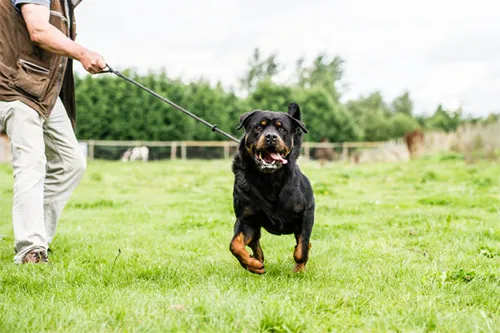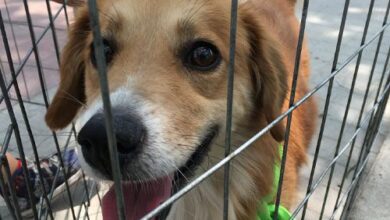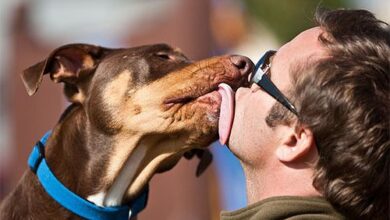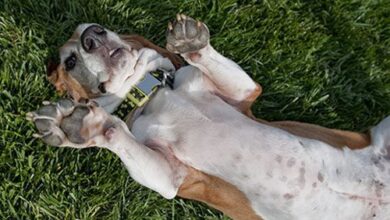How do I stop my dog from pulling the leash?


«My dog pulls the leash», If you feel identified with this phrase, do not worry, because this statement is usually quite common; what should be a relaxed walk can become a real test of patience. Exits still become more problematic if the dog belongs to a large and heavy breed that is physically difficult to control when it resists following your directions.
These conflicts in the walk originate already from puppies. Despite this, with a series of practical knowledge and a little patience you can lay a good foundation to teach your dog to walk with a leash calmly.
Why is my dog pulling the leash?
We provide 7 reasons why your dog pulls the leash
- He wants to get to the park.
- He wants to go say hello to other dogs.
- Your dog is a puppy and is in Explorer mode.
- It’s the first time he’s discovered that place and he’s more excited.
- He’s not used to going to new places.
- He’s afraid of what’s on the street.
- It comes out less than it should.
How do I stop my dog from pulling the leash?
- Change direction if the belt tightens or stops.
- We resume the walk when the dog stands next to us.
- Stop as many times as necessary.
- Practice in quiet places.
6 Practical Tips on How to Teach Your Puppy to Walk on a Leash
- Start the training without a strap attracting you to advance a few meters.
- Your puppy can start practicing this exercise from the eighth week of life, with which, at the same time, your relationship will be strengthened.
- If the environment is very stimulating and distracts the puppy, you can use a snack or a toy to get his attention.
- After a while, you can start practicing it on a leash.
- Do not forget that the strap should never be in tension!
- Once you also perform this exercise correctly, see increasing the distance you will gradually travel on the rides together.
Also, reduce the amount of goodies you use to get his attention and offer them only in some sporadic way when walking with a relaxed belt. Once this exercise develops without problems. Now you should face greater challenges with your puppy.
For example, you can approach next to him at a place that you know attracts him very much, either a dog that he knows or with a snack It is likely that, blinded by emotion, your friend does not remember that he should not pull the leash. As soon as the strap tightens, stop and wait. Until the strap is loose again because the dog has turned his head to look at you, do not resume the step. The dog will have learned that, if it adheres to the rule of «loose leash», it can reach its goal. This exercise can take a long time in some young dogs, but it’s worth it!
It is important to practice in a quiet environment where you can stay for a long time. When the puppy has performed this training properly on several occasions, you can raise the difficulty level a little more. When your dog shows more and more safety with the loose leash, try to turn it into a game.
Practical advice
If you know that you will not be 100% constant, train your dog with the collar and harness giving them different uses. For example, on the rides with a collar always follow the steps mentioned and, for the ride with a harness, you can be more permissive. It is preferable this commitment to access the exceptions uncontrolled since at least the dog will learn how to walk on a leash when wearing a collar.
To conclude, it is necessary to point out an issue that many times, unfortunately, people with dogs often forget: the leash itself is not an instrument to direct the dog wherever you want, but only one way to control the dog in emergencies or in some places where its use is required.





